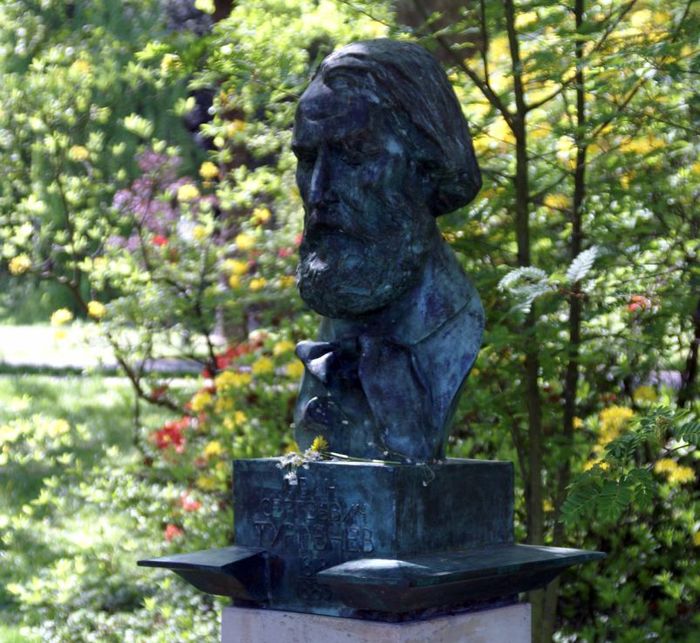Severinus’s death left the community at the mercy of brutes. A bad barbarian (a son of the good king we just heard of) sacked the monastery, but then his own nephew Fredericus quickly killed him in turn. Odoacer, now ruling in Italy, made war on the rebels, but Fredericus, now the new king in his own right, fled to join Theoderic’s forces in the southeastern Balkans. No one reading Eugippius’s book when it was written in Italy in 511 failed to notice the future ruler of Italy playing this bit part, but for now Odoacer’s general immediately ordered the remaining Romani to migrate to Italy if they wanted protection. “Then all the inhabitants of that place went out as from the house of servitude in Egypt.”
Eugippius, our source, was there on the day when they opened Severinus’s grave, six years after his death, and the odor of sanctity was very sweet in the surrounding air. The wooden coffin was loaded onto a horse- drawn carriage, and the procession wended its way south to Italy—and not only to the safety of Italy, but well south, to Naples, passing across the plains to Ravenna and Rimini, settling for a time at Montefeltro near modern San Marino. While the members of the straggly group were there, they received a message from a woman named Barbara (the name means “barbarian woman” but her rank was illustris, which bespeaks the highest stratum of Roman society) inviting them to come and place the saint in a mausoleum she would establish at the Lucullan Castle at Naples. There he was interred by the holy bishop Victor himself and with what we are assured is the approval and encouragement of Gelasius, bishop of Rome. In that comfortable resting place, far from the frontiers, the story of the holy man could be told and refreshed for the edification of many. It dramatized the now safely abandoned past, a period of disarray on the frontiers; it heartened its hearers with holiness; and it underscored the legitimacy of Odoacer’s rule and thus, a fortiori, of Theoderic’s as well private tours bulgaria varna.
Those days were still in the future in the early 470s, when Odoacer stopped off to see Severinus on his way to Italy. In Italy he joined the imperial bodyguard, now, finally, an officer on the rise in the heart of the establishment. He cast his lot with Ricimer, when that general was at odds with and in a virtual civil war against the short-term emperor Anthemius; but when Ricimer fell, Odoacer found himself increasingly visible under Orestes. Opportunity came when a group of soldiers, Scirians, Heruls, and Torcilingi—in other words, a typical Roman mix—demanded land from Orestes, as generals expected their soldiers to do. Orestes did not respond as well as they would have liked, whether because he hadn’t enough to offer or because he wanted more support and service from the troops than they had yet given him. The restless soldiers turned to Odoacer and offered him their loyalty if he would deal on their terms. He seized the opportunity.
Soldiers raised Odoacer up on a shield, in the military way of declaring rulership, and then he led his troops through northern Italy against Orestes. Seen through Italian eyes, he comes across as a revolutionary, grasping at power by any means, seizing Pavia and inspiring all the usual poetry about a city under assault, cliches as old as Homer. Once Orestes retreated and Odoacer’s men hounded him down and killed him south of Pavia at Piacenza, the violence ended quickly. Within two weeks of Odo- acer’s coup, Orestes was dead and his brother Paulus had been similarly killed in Ravenna. The emperor that Orestes had advanced, Romulus, was deposed and placed under elegant house arrest near Naples, where he lived unharmed for decades, probably in close proximity to Eugippius and the monks who venerated Severinus.
Read More about Rebaptize catholic Christians








